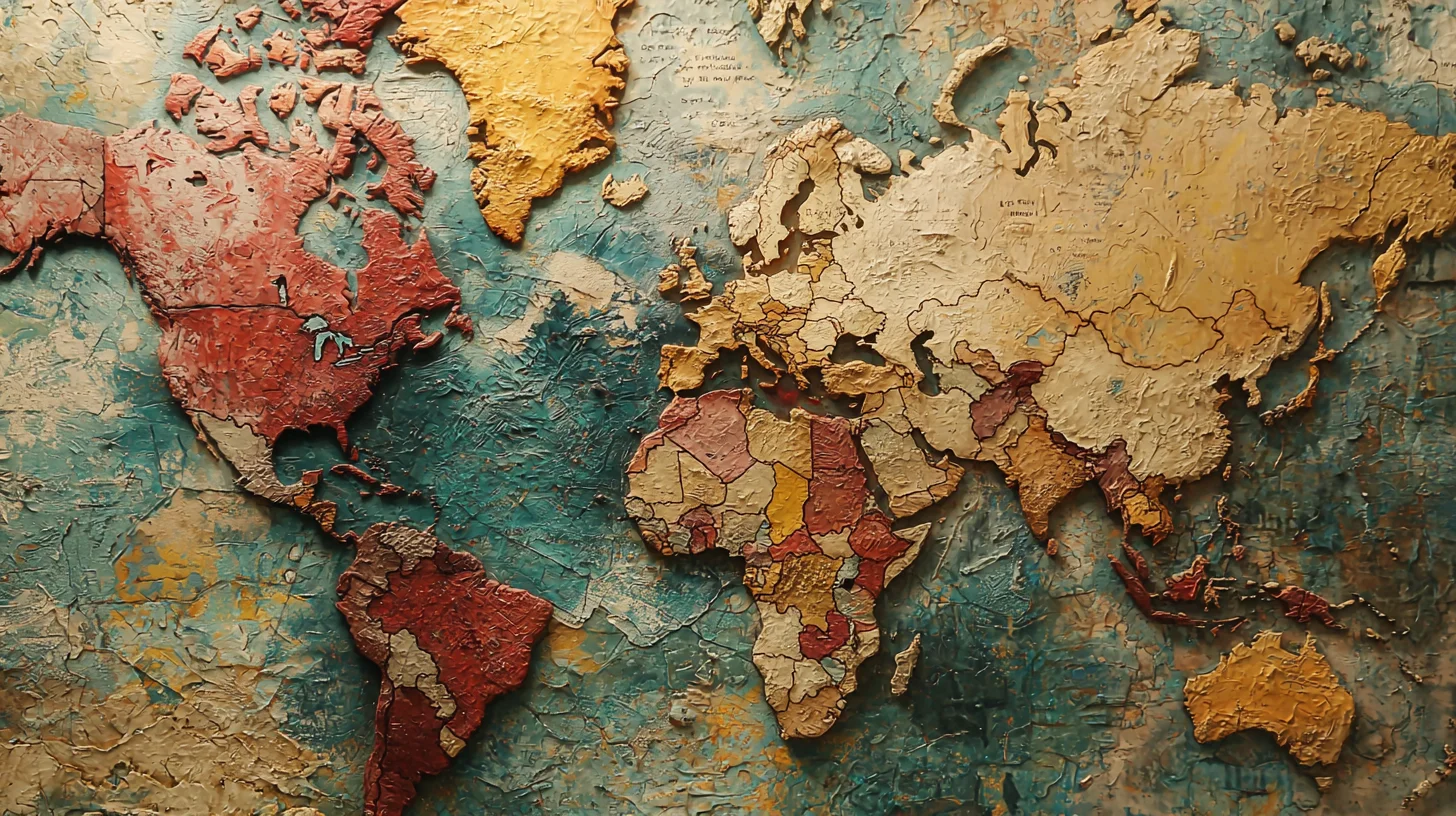01 March 2024
Unraveling the Secrets of the Wind.

Press the play button in the top right corner to listen to the article
Our world is caressed, shaped, and sometimes whipped into frenzy by the invisible hands of the wind. These air currents, more than just weather phenomena, are interwoven with the history, culture, and daily lives of people across the globe. From the chilling gusts of the Bora to the warm embrace of the Chinook, each wind carries its own story and effects on the environment it sweeps through.
The Breath of the Earth
Winds are not merely air in motion; they are the Earth's breath, a complex system influenced by the sun's heat and the planet's rotation. The diversity of winds across the world is a testament to our planet's dynamic climate system. The primary, secondary, and tertiary winds—each plays a crucial role in our weather patterns and ecosystems.
Primary Winds: The Global Forces
Trade Winds: Arising from the subtropical high-pressure areas, these winds blow towards the equator, influenced by the Coriolis effect. They moderate the climate of the regions they pass through, bringing moisture and warmth.
Westerlies: Found between the subtropical high and polar low-pressure areas, these winds are responsible for carrying weather systems across many temperate regions.
Polar Easterlies: Cold, dry winds blowing from the polar areas towards lower latitudes, these easterlies influence the polar climate by moving cold air away from the poles.
Secondary Winds: Seasonal Shifters
Monsoons: Characterized by their dramatic seasonal reversal, monsoons bring about the most profound changes in weather, especially in the Indian subcontinent and Southeast Asia, affecting agriculture and water supply.
Land and Sea Breezes: These winds occur due to the temperature difference between land and sea, playing a crucial role in coastal climates by moderating temperatures.
Tertiary Winds: The Local Whisperers
Local winds are shaped by the geography of their regions, creating unique weather phenomena. From the warm, dry Chinook known as the "snow eater" of the Rocky Mountains, to the cold Bora that sweeps through the Adriatic, each wind has its own characteristics and impact.
The Names and Tales of Winds
Chinook: This warm, dry wind thaws the frozen landscapes of Canada and the USA, but its sudden onset can cause "chinook headaches."
Santa Ana: Known for its hot, dry nature, it exacerbates wildfires in Southern California, influencing both the natural environment and human mood.
Khamsin: Originating in the deserts of Egypt, this wind brings sandstorms, historically linked to the biblical plagues.
Harmattan: A dry and dusty wind from the Sahara, affecting West Africa with its thick haze, impacting air quality and health.
Mistral: Blowing down the Rhône Valley in France, this strong wind can have a significant cooling effect and is known for its impact on agriculture.
Impact Beyond Weather
The winds do not just shape the climate; they influence ecosystems, cultures, and economies. They have powered ships, ground grains, and today, generate clean energy through wind turbines. Yet, their force can erode landscapes, trigger natural disasters, and challenge human resilience.
As we delve into the stories of winds like the Bora, Chinook, and Santa Ana, we uncover a world where the air itself is alive with history and power. These winds remind us of nature's dominion, shaping our world in ways seen and unseen, whispering the tales of the Earth's endless dance.
The content, including articles, medical topics, and photographs, has been created exclusively using artificial intelligence (AI). While efforts are made for accuracy and relevance, we do not guarantee the completeness, timeliness, or validity of the content and assume no responsibility for any inaccuracies or omissions. Use of the content is at the user's own risk and is intended exclusively for informational purposes.
#botnews















































































